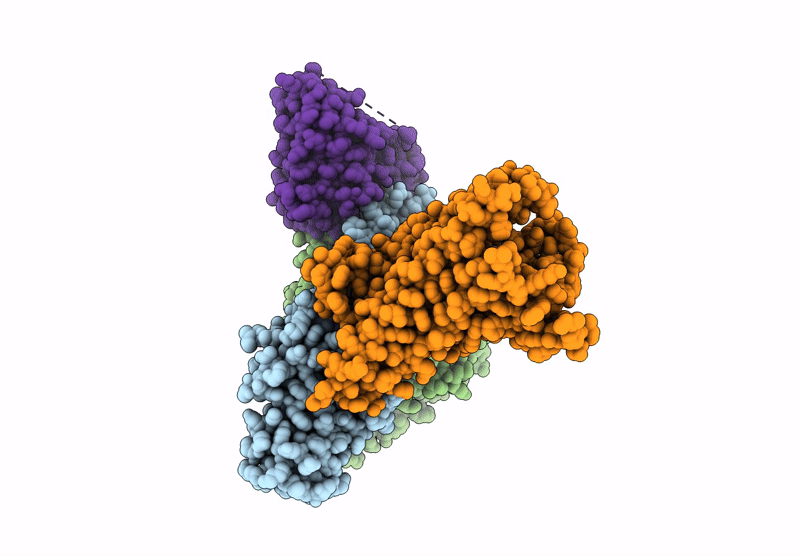
Deposition Date
2024-10-22
Release Date
2025-04-02
Last Version Date
2025-10-15
Entry Detail
PDB ID:
9K6L
Keywords:
Title:
Cryo-EM structure of GPCR16-Gi2 complex
Biological Source:
Source Organism:
Homo sapiens (Taxon ID: 9606)
Streptococcus pneumoniae (Taxon ID: 1313)
synthetic construct (Taxon ID: 32630)
Streptococcus pneumoniae (Taxon ID: 1313)
synthetic construct (Taxon ID: 32630)
Host Organism:
Method Details:
Experimental Method:
Resolution:
2.77 Å
Aggregation State:
PARTICLE
Reconstruction Method:
SINGLE PARTICLE


